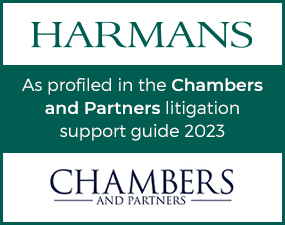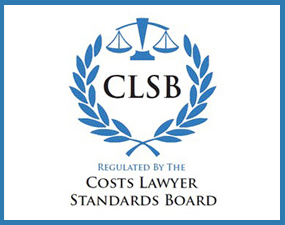Costs Law Update by Partner & Costs Lawyer Gary Knight
Is it acceptable to transfer the method of funding from Public to under a CFA?
Whilst the recovery of additional items was abolished for most claims post April 2013 we still see very many matters where the agreements pre-date the shut off point and the issues remain relevant.
The Defendant would argue that it was unreasonable to switch as this meant that additional liabilities would be claimed against them – success fees and often a significant premium for ATE. The Defendant began to argue that by switching the claimant lost out on the 10% uplift on damages.
On three separate occasions Costs Judges found the arguments compelling resulting in the disallowance of the additional liabilities on assessment.
The three cases – Kai Surrey, AH and Yesil – all involved medical negligence victims who were switched from legal aid to conditional fee agreements shortly before 1 April 2013, when LASPO restricted the right to recover success fees and after-the-event (ATE) insurance premiums.
On appeal Mr Justice Foskett, sitting with the Senior Costs Judge Master Gordon-Saker as assessor, was clear that he wanted to avoid a return to the “bad old days” of the costs wars in the early 2000s, and ruled that in each case staying on legal aid and claiming the 10% would only have achieved a marginal gain.
Foskett J ruled that while the 10% issue should have been mentioned to the litigation friends in each case, “the failure to do so should, save in very exceptional cases, be a matter for discussion and consideration between the claimant and/or his litigation friend and the solicitors: it is not a matter that should be of concern to the paying party”.
He said that each of the costs judges involved – Master Rowley, Deputy Master Campbell and District Judge Besford, a regional costs judge – paid too much attention to the Supreme Court ruling over informed consent to medical treatment, Montgomery v Lanarkshire Health Board, and by analogy the extent to which a reasonable litigation friend would attach significance to the 10% uplift.
For the conclusion to this case and for more case law analysis from Gary just click the following link:



